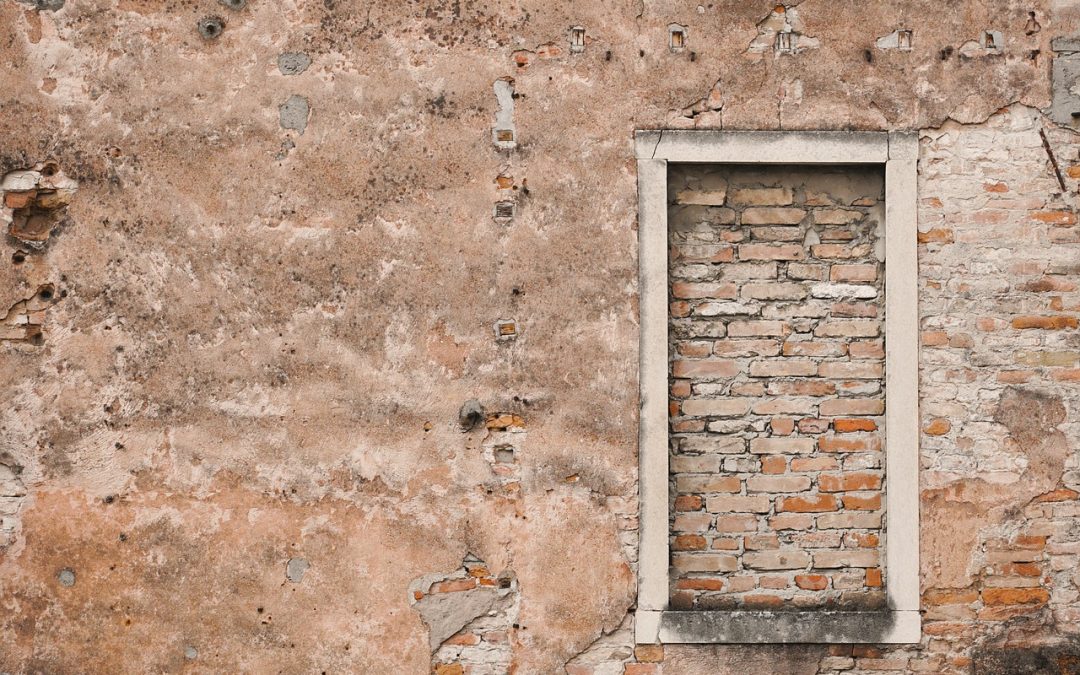Interlock stone installation is a popular choice for enhancing outdoor spaces, offering both aesthetic appeal and functional durability. This guide walks you through the process, from planning to completion, ensuring a successful and lasting installation.
Planning and Design
The first step in interlock stone installation is careful planning and design. Consider the following aspects:
- Purpose: Determine whether the area will be used for a driveway, walkway, patio, or garden path.
- Style and Pattern: Choose the style and pattern of the stones. Options include herringbone, basket weave, or running bond, among others.
- Measurements: Accurately measure the area to calculate the amount of material needed.
Consulting with a professional designer can help in creating a layout that maximizes both functionality and visual appeal.
Site Preparation
Proper site preparation is crucial for a durable interlock stone installation. Follow these steps:
- Excavation: Excavate the area to a depth of 8-12 inches, accounting for the base, sand, and stone thickness.
- Base Material: Lay a base of crushed stone or gravel, typically 4-6 inches deep. This layer provides stability and aids in drainage.
- Compaction: Compact the base material using a plate compactor to create a solid foundation. Repeat the compaction process to ensure firmness.
- Geotextile Fabric: Install geotextile fabric over the base to prevent weed growth and stabilize the base.
Edge Restraints
Installing edge restraints is essential to maintain the integrity of the interlock pattern. Use plastic, metal, or concrete edging, and secure it firmly along the perimeter to prevent shifting.
Sand Bedding
A layer of bedding sand provides a smooth surface for the stones. Spread coarse sand to a depth of 1 inch and level it using a screed board. Ensure the sand is evenly distributed and smooth to prevent any unevenness in the final installation.
Stone Installation
With the base and bedding prepared, it’s time to lay the interlock stones.
- Laying Stones: Begin at a corner and work your way out, placing stones according to your chosen pattern. Keep a consistent gap between the stones for uniformity.
- Cutting Stones: Use a masonry saw or stone splitter to cut stones as needed for edges or curves. Ensure precise cuts for a professional finish.
- Check Levels: Periodically check the level of the stones with a spirit level to maintain an even surface. Adjust as necessary by adding or removing sand.
Filling Joints
After all stones are in place, fill the joints with jointing sand. Sweep the sand over the surface, allowing it to settle into the gaps between the stones. Use a plate compactor to help the sand settle and add more sand as needed until all joints are filled.
Final Compaction and Sealing
Once the joints are filled, perform a final compaction to ensure the stones are firmly set. This step also helps lock the stones together. If desired, apply a sealant to enhance the color and protect the surface from stains and weather damage.
Maintenance Tips
To keep your interlock stone installation looking pristine, regular maintenance is required:
- Cleaning: Sweep regularly to remove debris. Use a pressure washer for deeper cleaning.
- Weed Control: Remove any weeds promptly and consider reapplying jointing sand if gaps appear.
- Resealing: Reapply sealant every few years to maintain protection and appearance.
Conclusion
By following these steps meticulously, you can achieve a beautiful and durable interlock stone installation that enhances the functionality and aesthetic appeal of your outdoor space.

Recent Comments